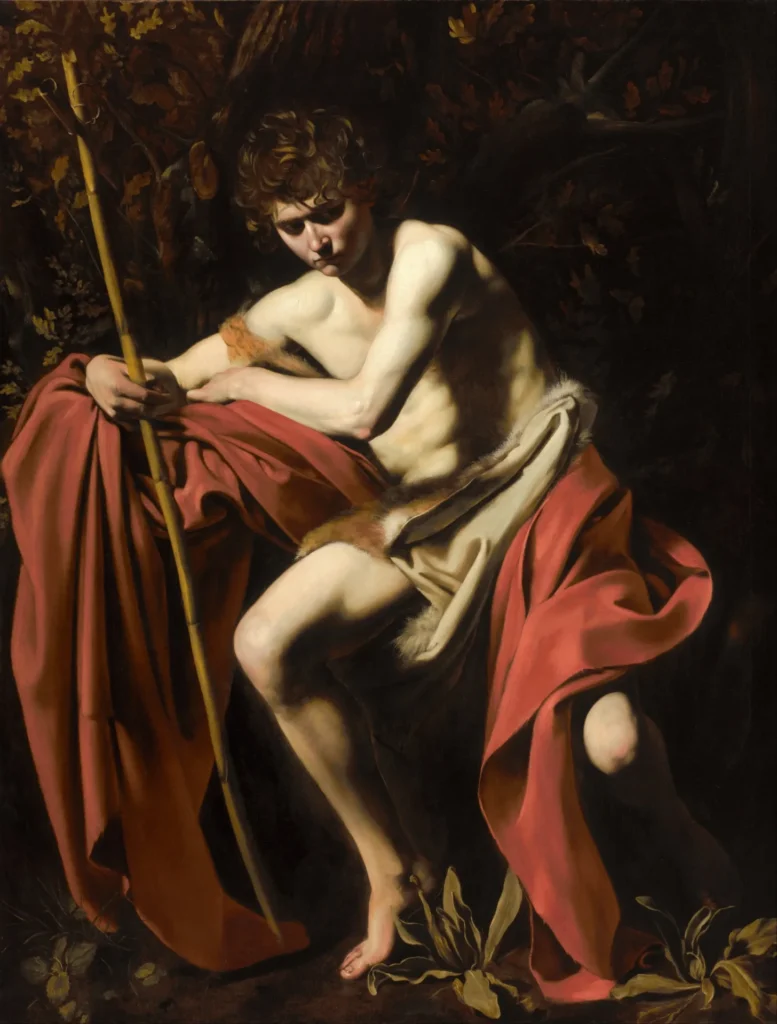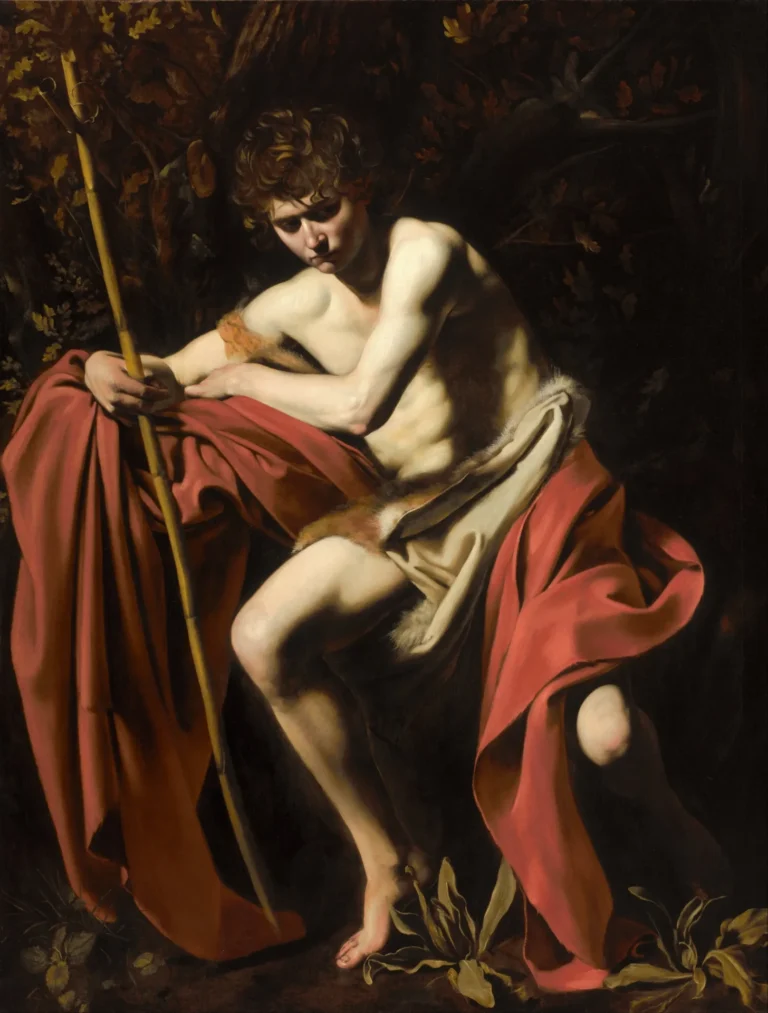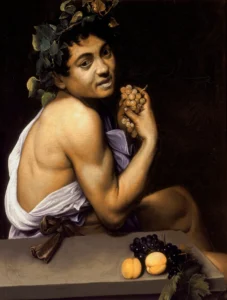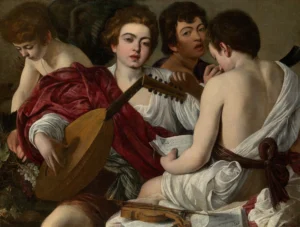Saint John the Baptist (1603)
Caravaggio, the iconic Baroque painter, offered multiple captivating representations of Saint John the Baptist throughout his career. Frequently depicting him as a youth immersed in introspection rather than in conventional attire, Caravaggio conveyed deep psychological states and spiritual depth. His later works, particularly the renowned 'John the Baptist,' demonstrate a profound understanding of form and shadow, establishing him as a revolutionary figure in the evolution of Western art. Through his work, Caravaggio transformed how biblical figures were portrayed, invoking both empathy and reflection in the viewer.
1600 - 1610
About the Artwork
Caravaggio’s fascination with the biblical figure of John the Baptist is evident in several artworks that he created over the years. Positioning John as a subject allowed Caravaggio to explore themes of youth, innocence, and inner turmoil. One of his noteworthy pieces, 'John the Baptist in the Wilderness,' shows a serene and contemplative boy, devoid of the characteristics traditionally associated with the figure. As he progressed in his career, Caravaggio's portrayal evolved; his renowned 1610 painting reflects a mature understanding of chiaroscuro and the emotional weight of the subject. The years of conflict and artistic growth led him to refine his technique and narrative style, culminating in artworks that vividly encapsulated the human condition, ultimately making them deeply significant in art historical discourse.
Did You Know
Caravaggio often chose to depict John the Baptist as a youthful figure, highlighting themes of innocence and spiritual introspection, which diverged from the conventional portrayals of the saint in mature form.
In his later works, including the 1610 ‘John the Baptist,’ Caravaggio masterfully employed dark backgrounds, strategically utilizing chiaroscuro to enhance the emotive power and drama of his subjects.
Caravaggio created the 1610 painting for Cardinal Scipione Borghese as part of an effort to obtain a papal pardon for his tumultuous lifestyle and legal troubles, intertwining art and personal redemption.










